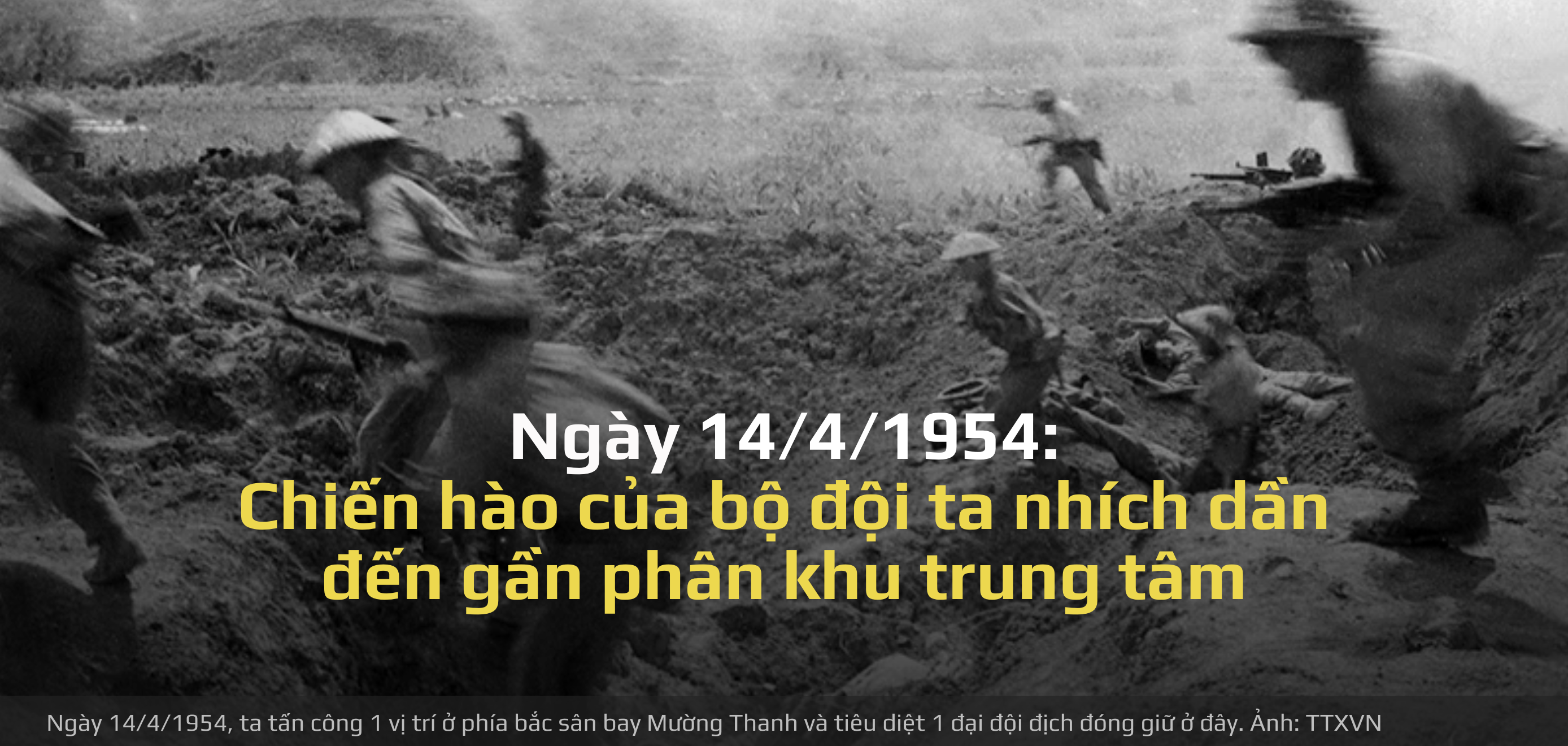
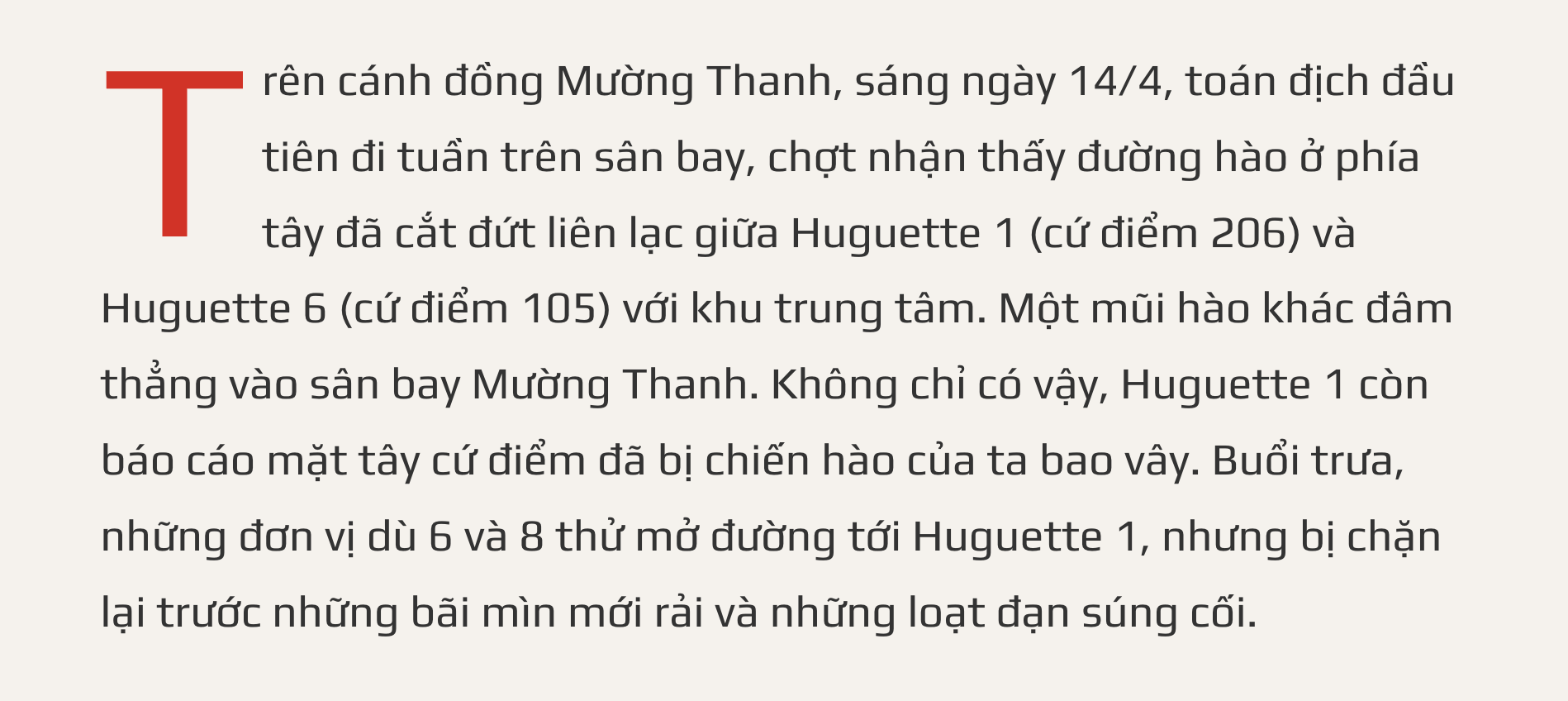
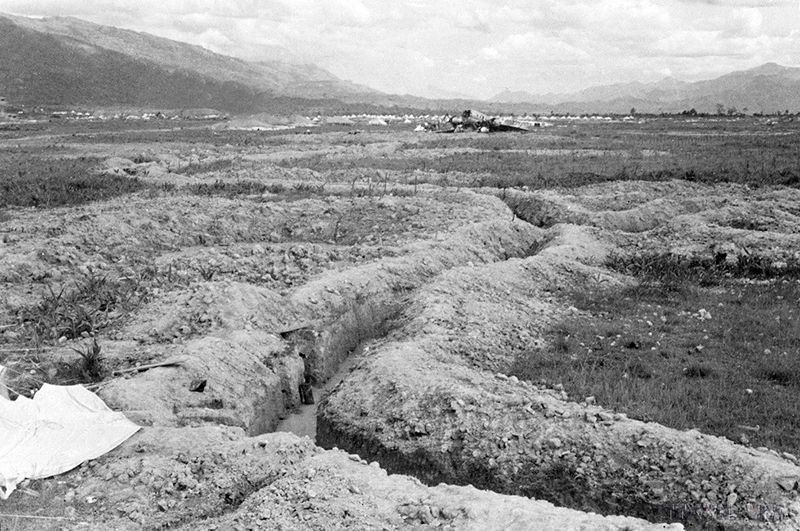
Our trenches cut Muong Thanh airport in half, creating favorable conditions for shock troops to destroy the enemy. Photo: VNA
At 13:30, De Castries telegraphed Connie: “ 1. The fate of GONO will be decided before May 10 (...). 2. The battle is developing, threatening Huguette 1 and Huguette 6. The attempt to relieve Huguette 1 this morning encountered many minefields between Huguette 1, Huguette 3, Huguette 5 and mortar and artillery fire. Will continue after dark, simultaneously with the repair of the runway ”.
According to the plan, two regiments of the 308th Division and two regiments of the 312th Division were deployed around the north of the airport. Base 206, which protected the west of the airport, was cut off from Muong Thanh by the trenches of the 36th Regiment. Base 105, which was north of the airport, was also surrounded by the trenches of the 165th Regiment. The two trenches of the 308th and 312th Divisions were rapidly pushing straight into the middle of the airport.
In general, after the attack on the eastern high points, the battlefield was almost quiet at times. This quietness would not have been so frightening to the enemy who were hoping for time to pass quickly until the rainy season if there were not countless sounds of digging the ground, day and night, all around, becoming increasingly clear. The sound of digging was the ticking of the Dien Bien Phu hedgehog's death clock. The French Command was also very afraid of this sound of digging, so they parachuted into Muong Thanh some machines that detected the sound of digging. But the soldiers here did not need them because without the machines they could still hear the sounds of digging very clearly. They just needed something that could stop the diggers from continuing their work. Day and night, hour by hour, the trenches and underground trenches of our troops gradually moved closer to the central sector.
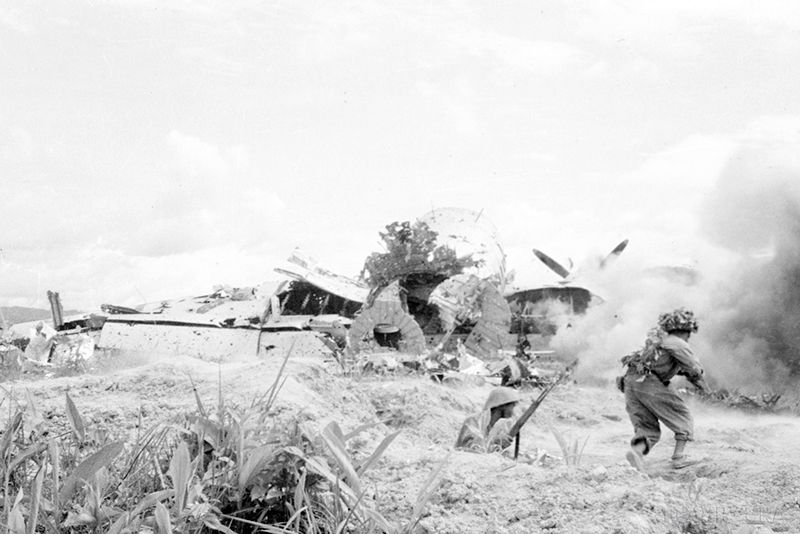
Our assault units under the command of military hero Nguyen Quoc Tri are attacking Muong Thanh airport. Photo: VNA
On the afternoon of April 14, while the enemy's transport vehicles were being brought to Épecvier to collect parachutes and receive supplies, the last jeep after receiving food to be transported to distribute to various places, a series of our artillery shells were poured right into the area. Many types of food, including 5,080 combat rations, 300kg of cheese, 700kg of tea, 450kg of salt, 110 chocolate bars... were all burned. That day, the commander of the French stronghold announced that from April 29, each person's ration would be reduced by half.
On April 14, Nava telegraphed Ely to propose that the US use 15 to 20 B-29s to bomb Route 41 between the Red River and Tuan Giao. The stalemate at Dien Bien Phu forced Nava to discuss with Ely a “limited action” by the US strategic air force. But Ely replied, “Ratfor does not accept this solution.” In the meantime, Ely suggested to Nava the possibility of letting France use 15 US B-29s, but they must be directly controlled by French pilots in Indochina. Nava in turn had to refuse, because French pilots could not use planes larger than the B-26s that the Americans had provided.
In Paris, the US considered the possibility of dropping atomic bombs on Dien Bien Phu. US Secretary of State Dalet asked Bidon about the possibility of the US dropping atomic bombs on Dien Bien Phu. Bidon clearly analyzed: If bombing the Dien Bien Phu area, the defenders as well as the attackers would suffer the same consequences. If attacking the communication line originating from China, there would be a risk of leading to a total war. In both cases, the garrison in Dien Bien Phu, far from being saved, would fall into a more serious situation.
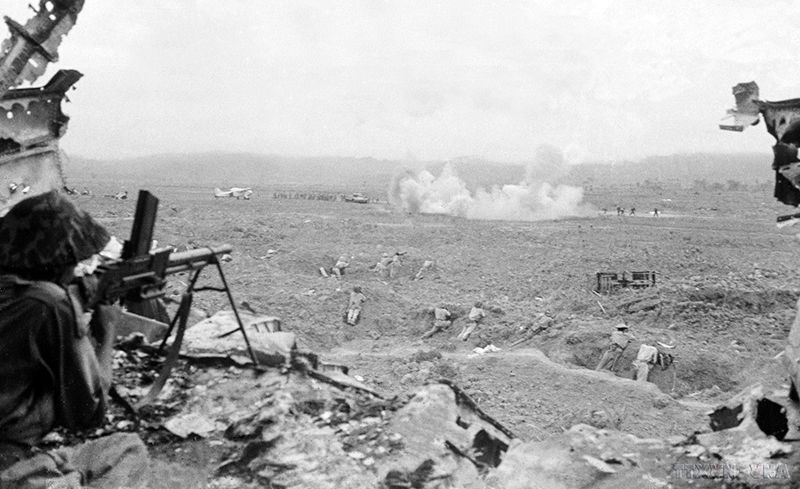
Our assault units under the command of military hero Nguyen Quoc Tri are attacking Muong Thanh airport. Photo: VNA

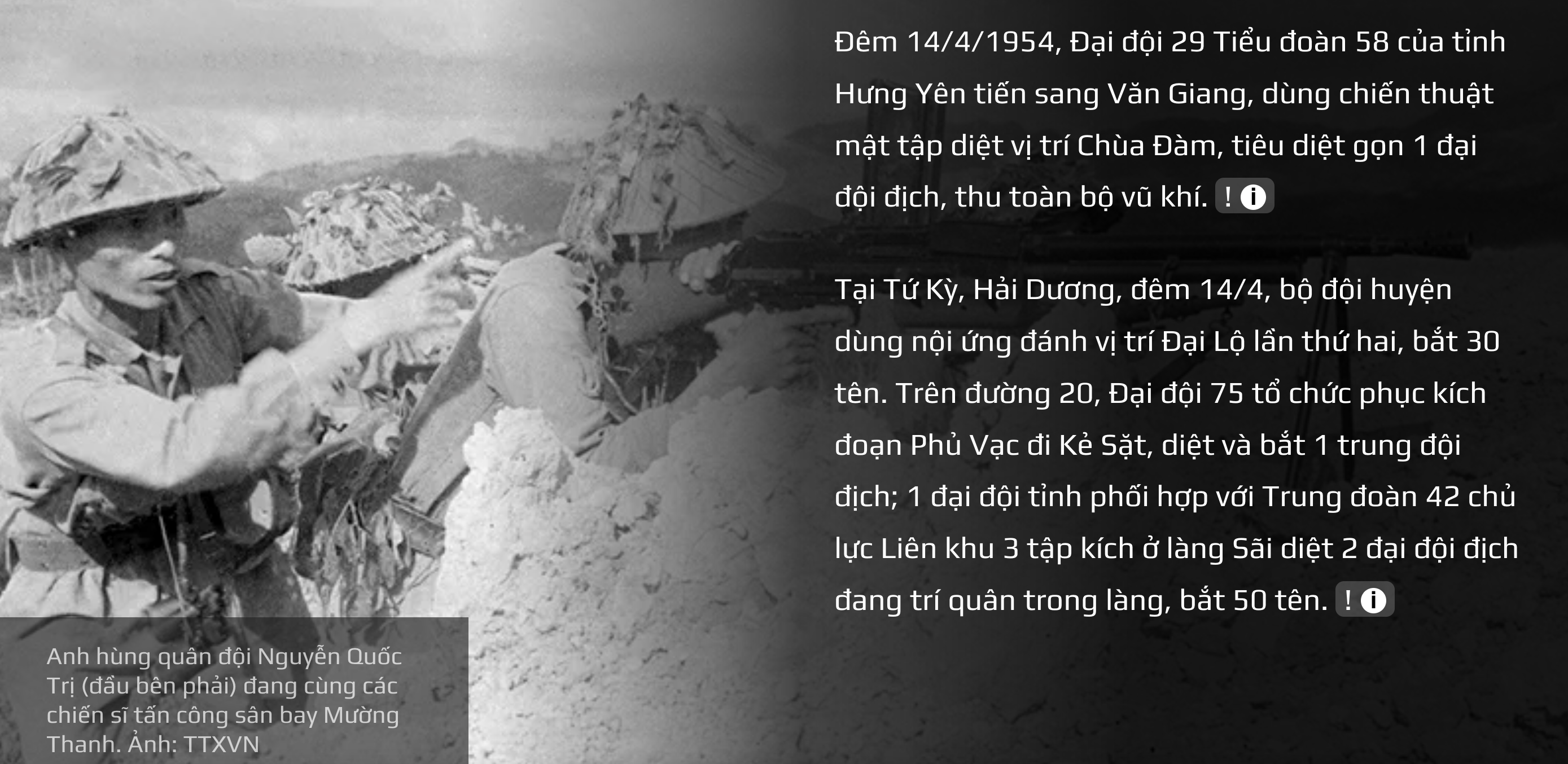

During the Dien Bien Phu Campaign, the duties of first aid and military medicine were not only heavy but also extremely difficult in conditions where everything was lacking. In the book "Dien Bien Phu Victory: Vietnam's Strength and the Stature of the Era", Social Sciences Publishing House (2014), Associate Professor, Dr. Ngo Dang Tri (Faculty of History, University of Social Sciences and Humanities, Vietnam National University, Hanoi) wrote:
"Treatment and transfer of wounded soldiers: The medical mission in the Dien Bien Phu campaign was very heavy and had many new problems that were different from previous campaigns. Due to the long and fierce fighting of the campaign, the total number of wounded soldiers treated at the Department's treatment teams reached 10,130 (plus the number of sick soldiers up to 4,189)...
The medical force used was also larger than in previous campaigns; up to 11 medical teams were used; in addition to the 3 medical teams of the 3 infantry divisions, the medical team of the campaign deployed the medical team of the artillery division (351) and 2 medical teams of the Department along with the division line. The remaining 5 medical teams of the Department were deployed in the rear, organized into frontline hospitals (3 in the logistics line, 1 in the Tuan Giao line, 1 in the Son La line).
Due to the need for continuous combat, if not transferred quickly and continuously, the wounded would be stuck at the front line, so we set out the policy of transferring quickly, fighting while transferring the wounded, regardless of day or night, transferring continuously and regularly... In the first phase, 34.4% of the wounded arrived at the regimental medical facility before 6 o'clock; in the second phase, because the medical facility did not move forward and was too far from the battlefield, the rate dropped to 21%; in the third phase, due to reorganization, up to 63% of the wounded arrived at the regimental medical facility before 6 o'clock.
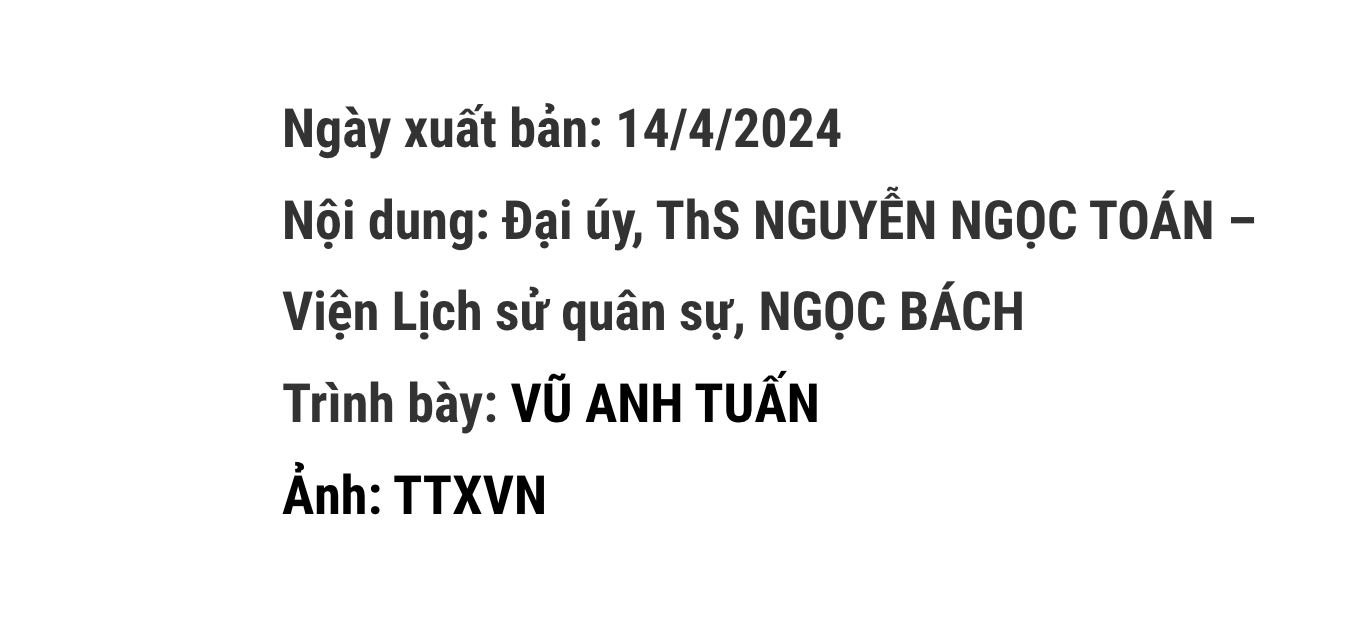
Nhandan.vn
Source







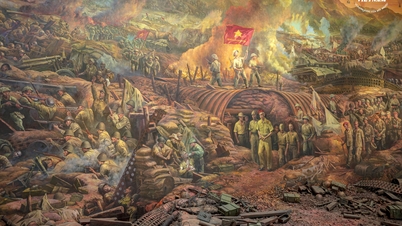















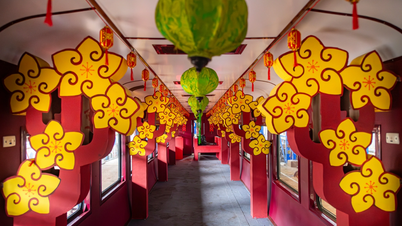




![[Video] Opening of the National Press Forum 2025](https://vphoto.vietnam.vn/thumb/402x226/vietnam/resource/IMAGE/2025/6/19/b7a3477903b3458abfbb2b364af5b689)
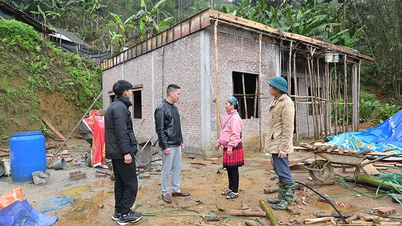
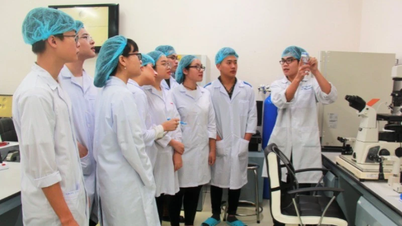
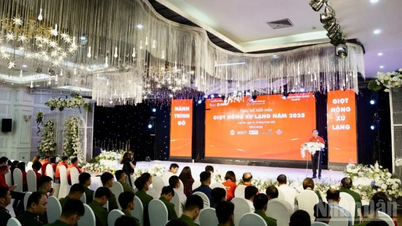
![[Video] Modern Journalists Use AI Properly: Lessons from an American News Agency](https://vphoto.vietnam.vn/thumb/402x226/vietnam/resource/IMAGE/2025/6/19/13d3520a1db54053952ee79023861c27)
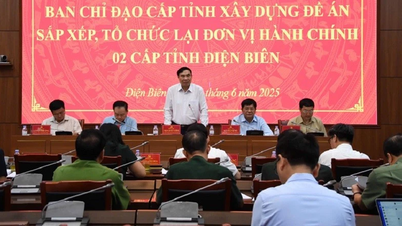

















































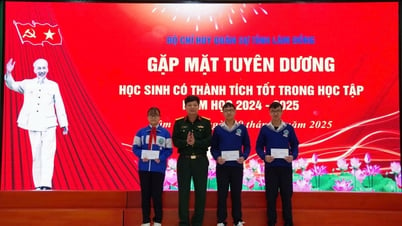

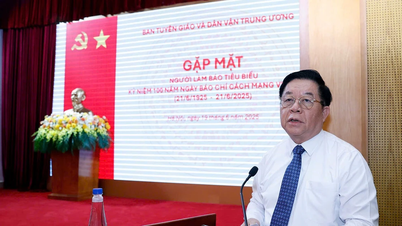

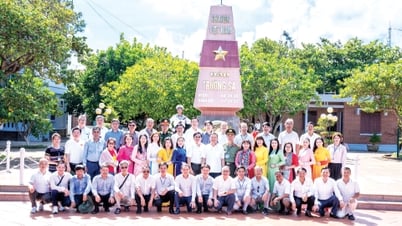













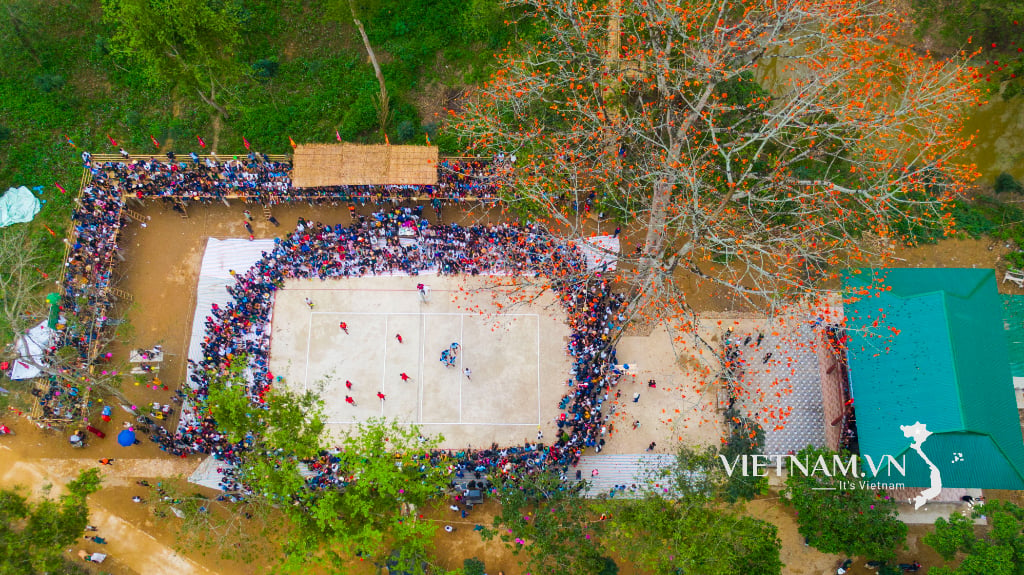
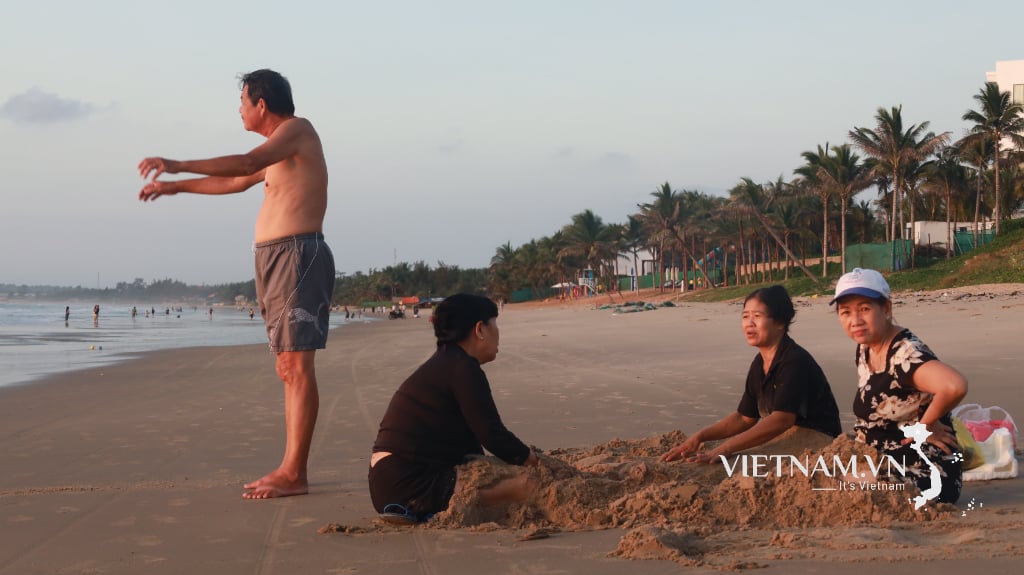


Comment (0)